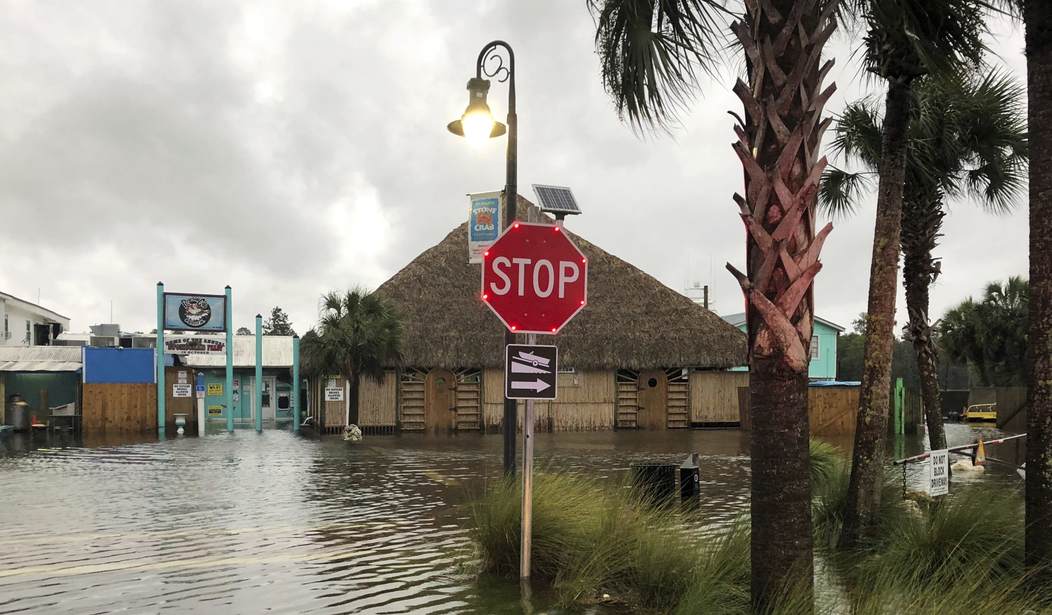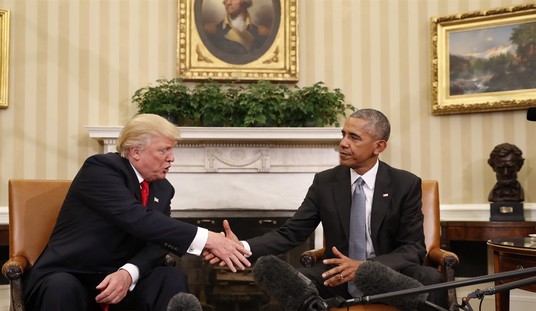WASHINGTON — Sen. Marco Rubio (R-Fla.) starkly warned constituents in the path of Hurricane Michael that “you will die” if caught up in flooding shortly before the Category 4 storm roared into the Florida Panhandle.
“There is going to be a killer – a killer storm surge in this event,” Rubio told CNN on Capitol Hill. “Nine, 10, 11 feet. No one is going to survive that. Low-lying areas – the Gulf of Mexico is kind of like a basin of water all being pushed up on people and if you’re still there when that comes in, you’re going to die.”
“There’s things you can do to protect against 140, 135 mile an hour winds or whatever it comes in at, but you can’t protect against flooding,” Rubio added. “You will die in a storm surge.”
Hurricane Michael made landfall just before 2 p.m. EST just northwest of Mexico Beach, Fla., according to the National Weather Service.
“A turn toward the northeast is expected this afternoon or tonight. A motion toward the northeast at a faster forward speed is forecast on Thursday through Friday night. On the forecast track, the core of Michael will move inland across the Florida Panhandle this afternoon, and across southeastern Alabama and southwestern Georgia tonight,” the National Hurricane Center said. “Michael will move northeastward across the southeastern United States through Thursday night, and then move off the Mid-Atlantic coast away from the United States on Friday.”
Michael is currently “an extremely dangerous” hurricane with winds extending 175 miles from the center.
“Water levels continue to rise quickly along the coast of the Florida Panhandle,” the NHC warned. “A National Ocean Service water level station at Apalachicola recently reported over 6.5 feet of inundation above ground level.”
Hurricane #Michael has made landfall just northwest of Mexico Beach, Florida. The latest public advisory is available on the NHC website: https://t.co/fniXaEmxWe pic.twitter.com/s4X21XtdX1
— National Hurricane Center (@NHC_Atlantic) October 10, 2018
FEMA Administrator Brock Long said at an Oval Office meeting today that “the first initial indications from the National Hurricane Center started coming in around Saturday” that Michael was going to pose a danger. “And they picked it up and started raising the flag that, hey, this system is going to go from a wave to a depression, and could potentially rapidly intensify.”
“And, unfortunately, that’s typical of the Gulf coast. And when they do this, you know, citizens have less time to prepare or heed the warnings,” Long added. “We are concerned that many citizens chose not to heed those warnings, but we’re prepared with search-and-rescue teams to try and go in and do what we can.”
Long said that the day before the storm “we did not like the level of evacuation activity that we were seeing.”
“And, you know, Governor Scott, kudos to him. He leaned forward. He used the new wireless emergency alert capabilities that we have, and sent out texts, you know, text messaging last night. Leaned forward and said, hey, get out of there. And so we were trying to get people to really take the storm seriously,” he said. “A lot of people did heed the warning, but then there are those that chose to stay behind. And unfortunately, first responders may not be able to go in and rescue those who dial 911 at this point.”
Trump said at the meeting with Long and Homeland Security Secretary Kirstjen Nielsen that “we’re doing a lot of different things to try and remove people from the area.”
“But a lot of people are very poor in certain of those areas, and it’s very tough for them to leave,” Trump said. “That’s one of the problems you’re finding, I guess.”









Join the conversation as a VIP Member